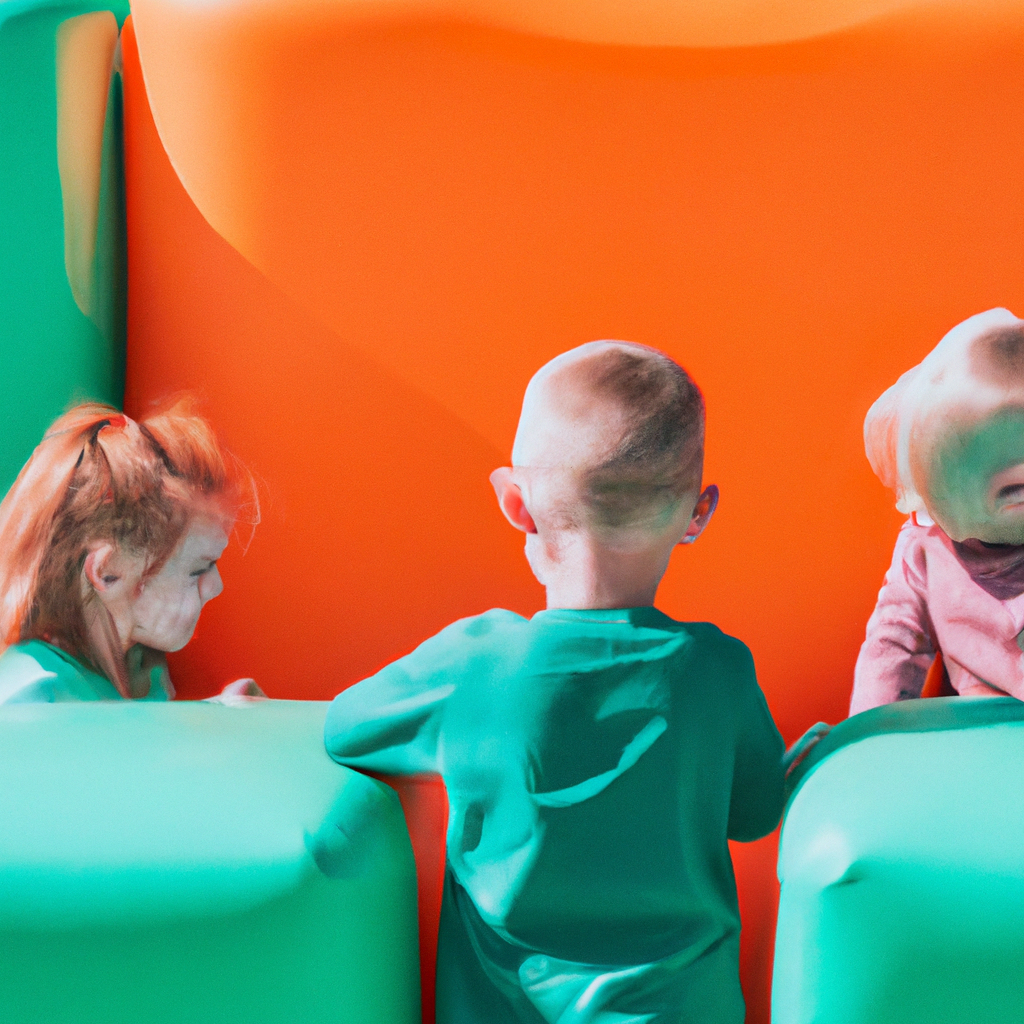Why Experiential Learning is Essential for Children’s Education

Why Experiential Learning is Essential for Children’s Education
When it comes to educating children, it’s not enough to simply impart knowledge through textbooks and lectures. Children learn best when they are actively engaged in the learning process. That’s where experiential learning comes in.
What is Experiential Learning?
Experiential learning is an educational approach that focuses on hands-on experiences to help children understand and retain information better. It involves using real-life situations, activities, and problem-solving exercises to foster learning.
Instead of relying solely on traditional teaching methods, experiential learning encourages children to actively participate, explore, and discover knowledge themselves.
The Benefits of Experiential Learning
1. Enhanced Understanding: Experiential learning allows children to apply theoretical concepts to real-life situations, enabling them to comprehend and retain information better. When children see the direct impact of their actions, they develop a deeper understanding of the subject matter.
2. Critical Thinking Skills: By engaging in hands-on activities, children are encouraged to think critically and solve problems. Experiential learning promotes analytical thinking, decision-making, and creativity, essential skills for success in the 21st century.
3. Active Engagement: Traditional learning methods can often leave children passive and disengaged. Experiential learning actively involves children in the learning process, making education more enjoyable, memorable, and meaningful.
4. Holistic Development: Experiential learning goes beyond academic knowledge. It supports the development of essential life skills such as teamwork, leadership, communication, and empathy. These skills are vital for children’s overall growth and success in life.
Examples of Experiential Learning Activities
- Science experiments: Conducting hands-on experiments allows children to experience scientific principles firsthand.
- Field trips: Visiting museums, historical sites, or nature reserves gives children the opportunity to explore and learn from their environment.
- Role-plays: Acting out scenarios helps children understand different perspectives and develop empathy.
- Community service: Involvement in volunteer work fosters a sense of social responsibility and empathy towards others.
- Outdoor activities: Engaging in team sports, camping, or gardening can teach children valuable life skills while connecting with nature.
Implementing Experiential Learning
Parents and educators can adopt various strategies to incorporate experiential learning into children’s education:
- Create hands-on activities that relate to the topic being taught.
- Encourage group projects and teamwork to promote collaboration and communication.
- Integrate technology to enhance experiential learning, such as using virtual reality or educational apps.
- Support reflective thinking by allowing children to discuss their experiences and what they have learned.
- Provide opportunities for children to apply their knowledge in real-world situations.
By embracing experiential learning, we can ignite children’s curiosity, foster a love for learning, and equip them with the skills needed to thrive in an ever-changing world. So let’s shift our focus from textbooks to real-life experiences and watch our children flourish!